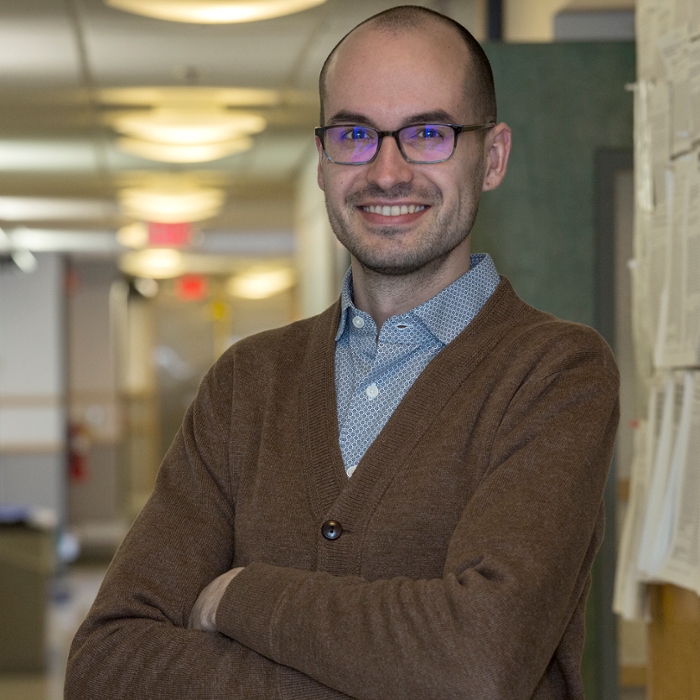Michal Horný, PhD
Jan. 31, 2018

Michal Horný, PhD
Fairness, accessibility, complexity, and affordability are hot topics when it comes to health care in the United States, which is why a scholar from the Czech Republic is devoting his career to studying them at Emory.
Michal Horný, assistant professor and health economist by training, is focused on measuring how specific health policies or financial incentives influence the utilization of health care, and ultimately, health outcomes.
“I routinely heard how health care systems were complicated and not fair, so once I started thinking about what I wanted to do with my life, I quickly realized how much I were intrigued by cost-sharing in health care and whether or not it was fair to patients,” he explains. “Economists talk about the moral hazard of free goods: if it’s free, people use more of it, but there’s also the argument that if people can’t afford health care, they’ll get or stay sicker. I want to get at the truth regarding health care utilization.”
His research focuses on ways financial incentives affect use of care. “We talk about policies for ensuring access to affordable health care, but it’s not just about financial incentives,” he says. “We need to know what prevents patients from using good care v. bad care or no care.”
Horný is in the preliminary states of studying high-deductible health insurance plans. He wants to tease out patterns of use of care given as influenced by the length of time the patient must pay out of pocket before meeting his or her deductible. He also wants to tease out what these patients consider high-value and low-value health care.
A related line of inquiry is what Horný calls “surprise medical billing.” This happens when an insurance plan differentiates “in-network” and “out-of-network” providers. Insured patients receive incentives like lower copays and a greater percentage of cost coverage to use in-network physicians and other care providers. A patient may obtain treatment at an in-network hospital and may assume every care provider he/she sees during that hospitalization also is in-network. When the patient receives the bill, however, he/she may discover surprisingly higher charges because some of the care providers actually were out-of-network.
“The New York Times and Washington Post recently looked anecdotally at this kind of surprise billing and found it common,” Horný says. “What we want know is the average additional cost for such surprise bills. What’s the financial impact on patients?”
Horný also is looking at the impact of policy mandates on use of care, both its cost and its impact on clinical decision making, work he started as part of his doctoral studies at Boston University.
“We’re looking at drivers of obstetrical ultrasound,” he explains. “There currently are no specific guidelines regarding the optimal number of ultrasounds during pregnancy. Generally, women have two or three but some states have a much higher average. Women in New York, for example, have an average of eight. Why? We wondered if doctors ordered more ultrasounds in states where it is easier to sue for malpractice but there was not a strong correlation. What else is driving this?”
Horný’s work is unique in that he’s focused on privately insured individuals rather than Medicaid or Medicare recipients. It also has broad appeal, which is why he has a secondary appointment to the Department of Health Policy and Management in Emory’s Rollins School of Public Health.
Horný credits Richard Duszak, MD, professor and vice chair for health policy and practice, for bringing him to Emory. “My doctoral dissertation advisor introduced me to Danny Hughes, PhD, senior director of health policy research and senior fellow at the Harvey L. Neiman Health Policy Institute. The institute provided funding for my dissertation research and Hughes put me in touch with Richard Duszak. I spoke with Dr. Duszak while working on my dissertation and we enjoyed working together. He invited me to interview.”
The size and spirit of Emory Radiology sold him. “All the other radiology departments I’ve seen are no more than 60 people and Emory Radiology has about 1,100! Plus, everyone is so nice and collaborative and willing to share their expertise. I’m glad to be in such an amazing place.”



